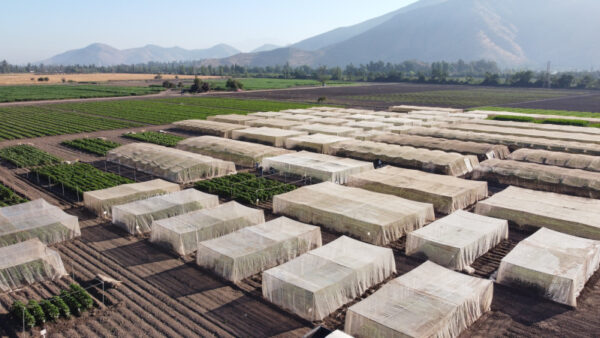The new Plant Breeders’ Rights:_x000D_
What you need to know
_x000D_
More than 22 years of hard work by the Canadian Seed Trade Association and its partners came to fruition with the Royal Assent of the landmark legislation, Bill C-18, an Act to Amend Certain Acts Relating to Agriculture and Agri-Food (the Canadian Agricultural Growth Act).
_x000D_
The Act contains a number of important amendments to Canada’s Plant Breeders’ Rights (PBR) Act — without doubt, one of the most important changes to our industry in the past 20 years. Canada is now on an equal footing with other countries, making new varieties available to Canadian farmers and keeping plant breeders competitive in the global market. This brings opportunity and also new obligations for the value chain.
_x000D_
_x000D_
New PBR Symbol
_x000D_
As of Feb. 27, 2015, all new PBR-protected varieties fall under new legislation that conforms to the 1991 International Convention for the Protection of New Varieties of Plants (UPOV 91) and will carry the PBR 91 symbol. Varieties granted protection prior to Feb. 27, 2015, continue under the original Act and carry the original PBR symbol. Contact Patty Townsend at CSTA to learn about licensing the new logo for PBR-91-protected varieties.
_x000D_
_x000D_
Breeders’ Rights
_x000D_
Breeders’ rights are expanded under the new Act. Breeder authorization is required to produce, reproduce, sell, clean or condition stock, import or export seed of PBR-protected varieties. Breeders can be compensated on harvested grain if the seed was obtained or used illegally or without authorization of the breeder. The breeder can choose to seek compensation, including for lost royalty revenue, lost markets and for court costs on delivered grain produced from that seed.
_x000D_
_x000D_
Farmers’ Privilege
_x000D_
For the first time, “farmers’ privilege” is entrenched in the Plant Breeders’ Rights legislation and allows farmers to produce PBR-91-protected varieties for use as seed on their farms. This eliminates uncertainty as, under the previous legislation, farmers’ privilege was not prohibited, nor was it clearly spelled out. Same as before, farmers will not be able to sell, advertise for sale or exchange seed they have grown from grain of PBR-protected varieties.
_x000D_
_x000D_
Seed Conditioners’ and Grain Buyers’ Responsibilities
_x000D_
Awareness will be the key to avoiding breaches to breeders’ rights. Seed conditioners must now be aware of the varieties that they are being asked to condition. For varieties protected under the new legislation, conditions need to be satisfied that the seed has been acquired with the authority of the breeder. Seed cleaners must also be satisfied that they are cleaning farm-saved seed that will only be used on the farm of a farmer who has brought it in for cleaning. Harvested material provisions mean that grain buyers may be liable for breaches of the breeders’ right. Grain buyers and handlers will need to be satisfied that the seed used to produce grain was legally obtained.
_x000D_
_x000D_
Learn More
_x000D_
The new PBR Act gives all plant breeders — big or small, private or public and domestic or international — the confidence to invest in research and develop new varieties for farmers. Updated PBR is already opening the door to increased opportunities for Canadian farmers and the value chain. But with the opportunity comes obligations, and CSTA wants to make sure that all stakeholders understand both. With input from the Plant Breeders’ Rights Office, and intellectual property specialists, CSTA has launched a new website www.PBRfacts.ca. We hope all readers of Germination will visit the site to learn more.













